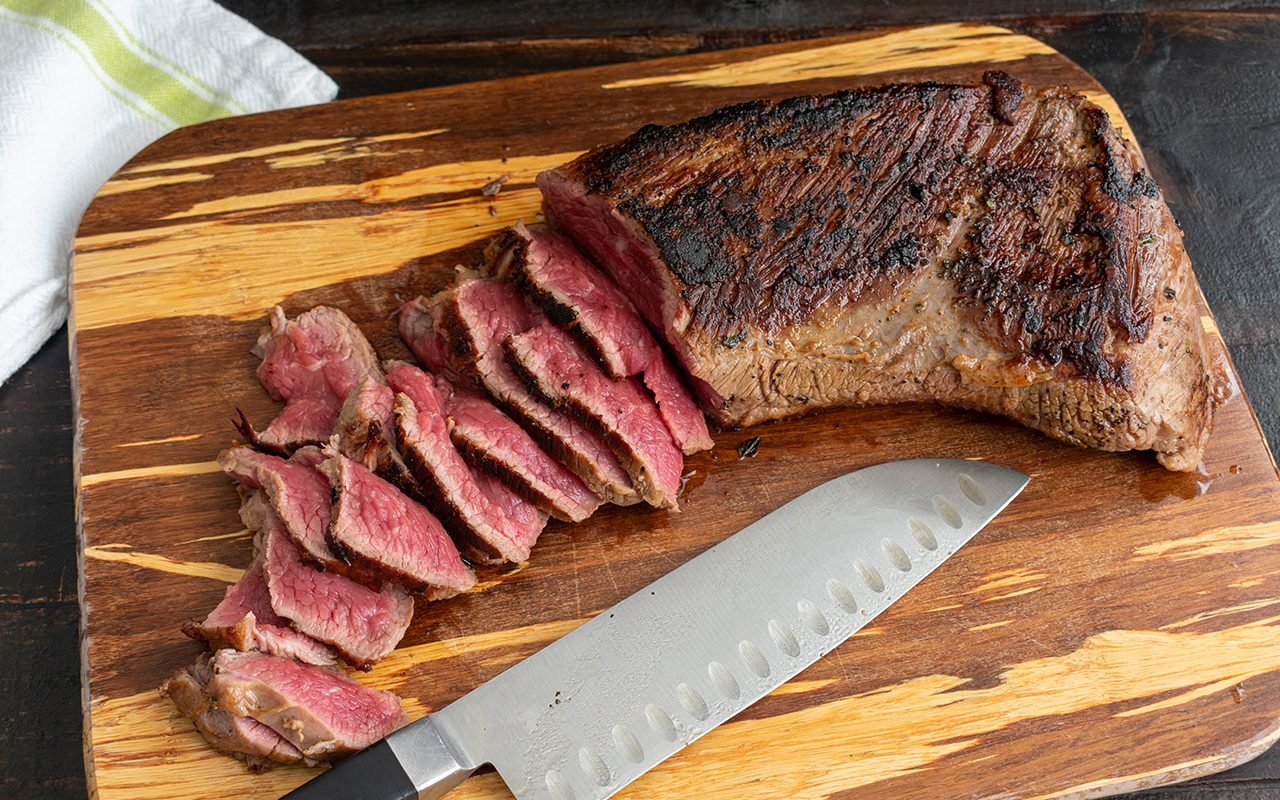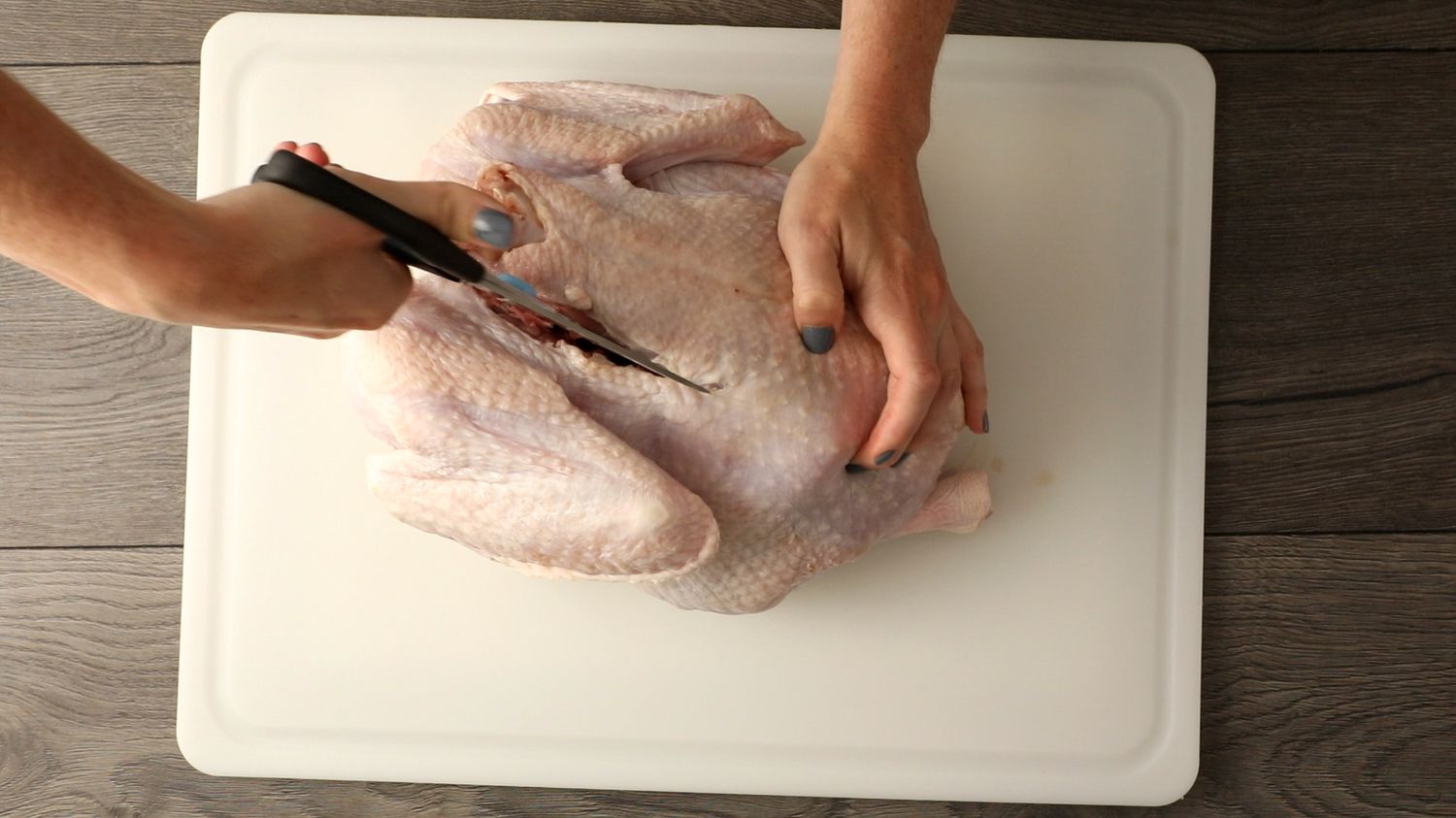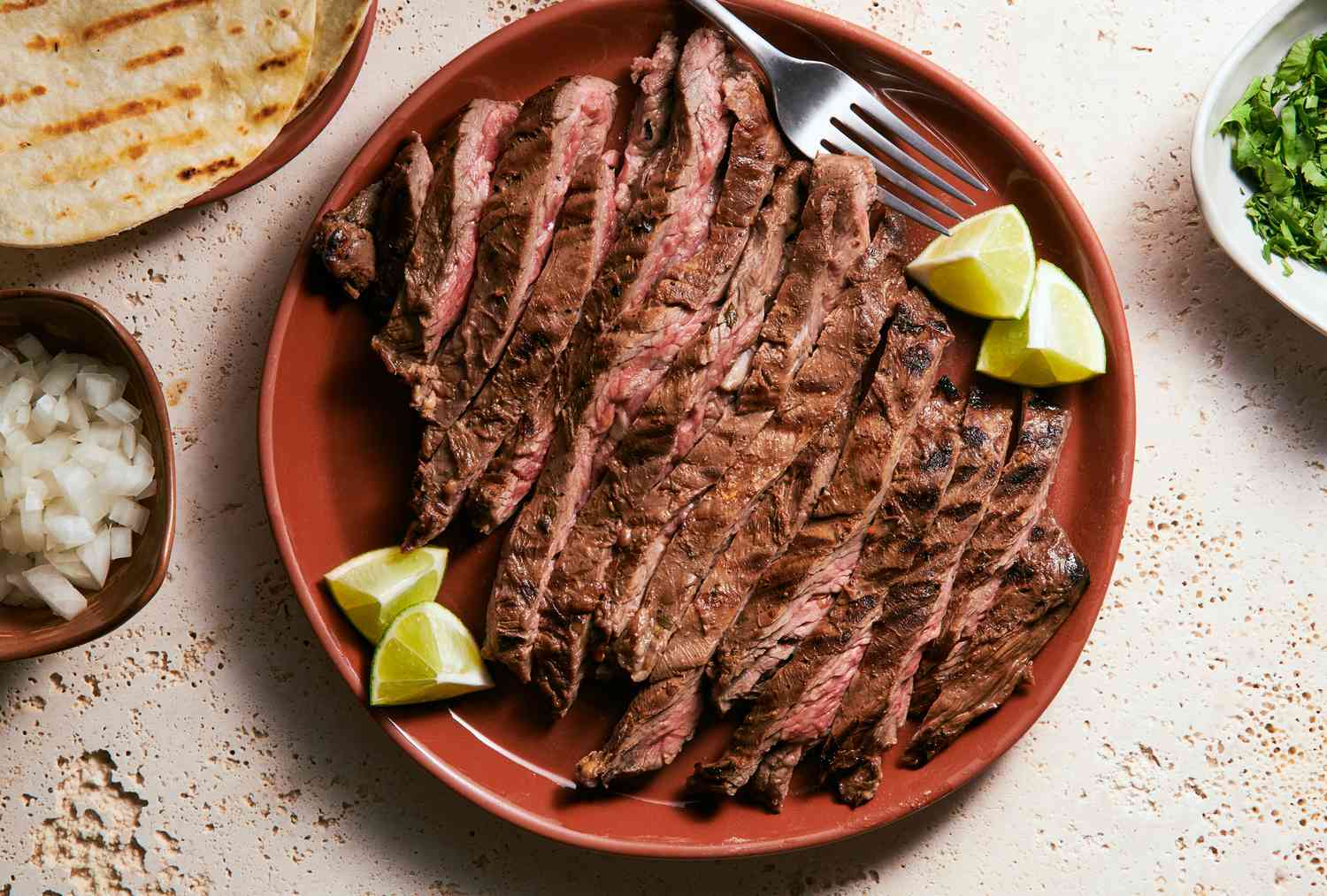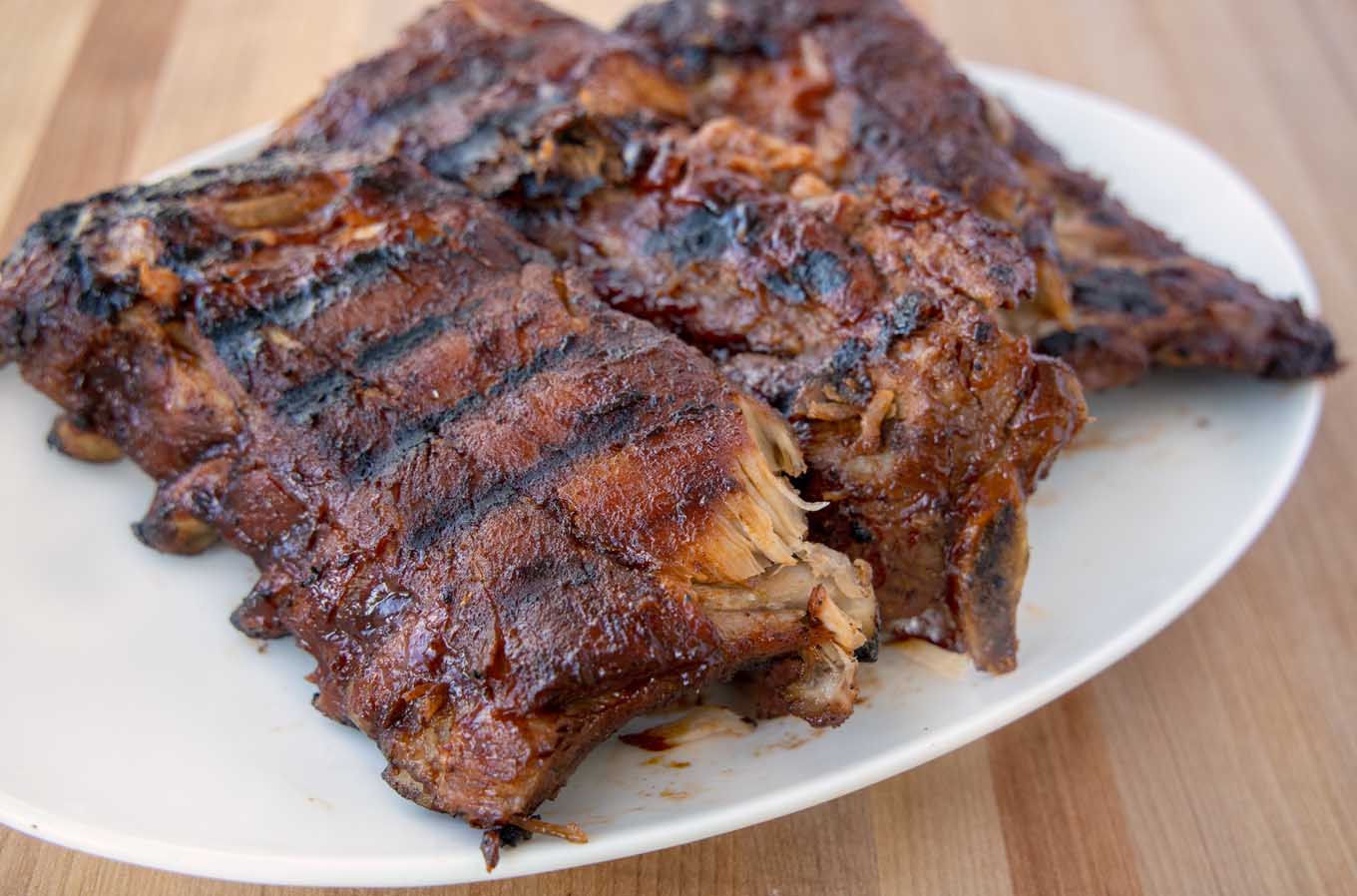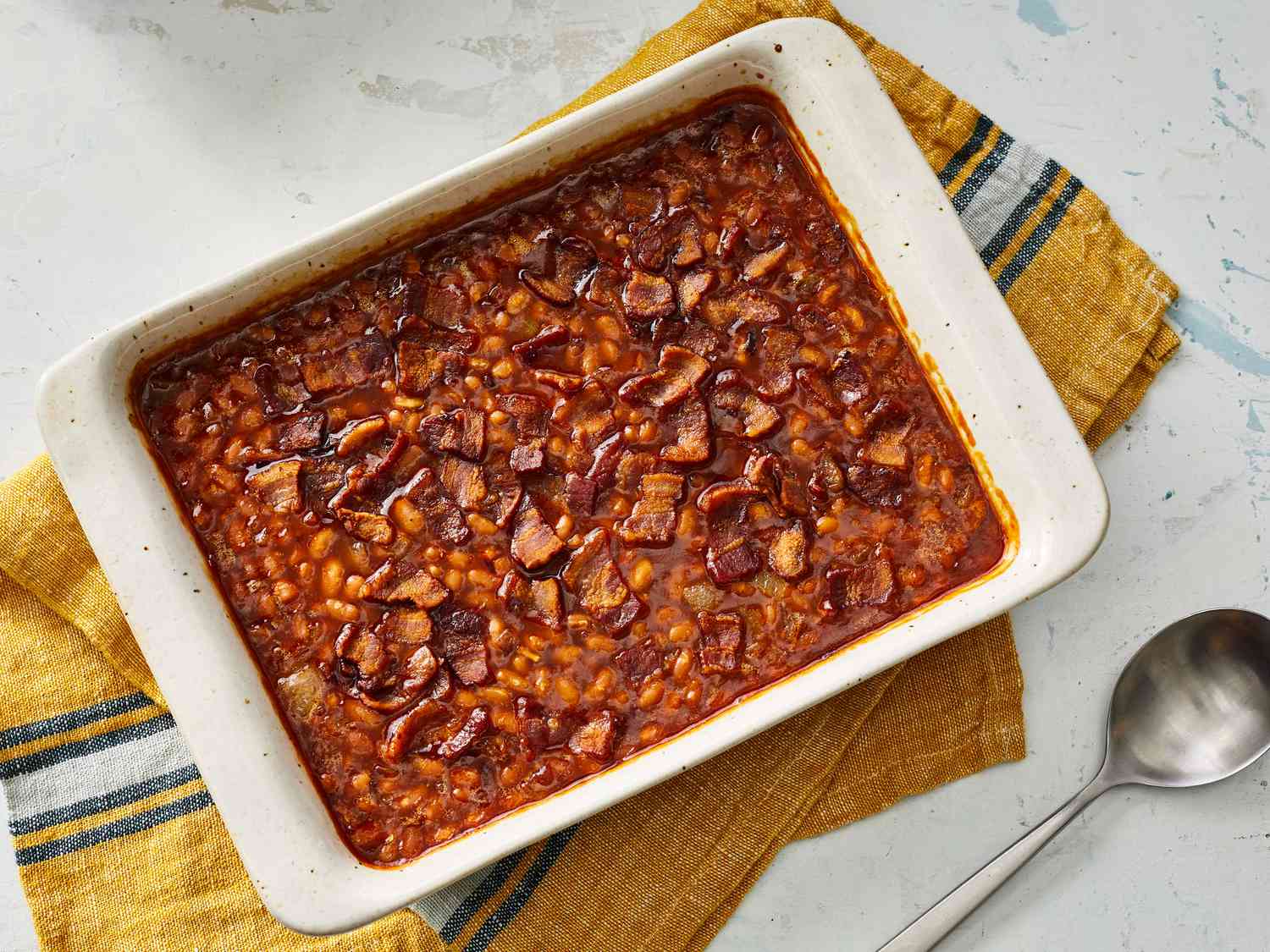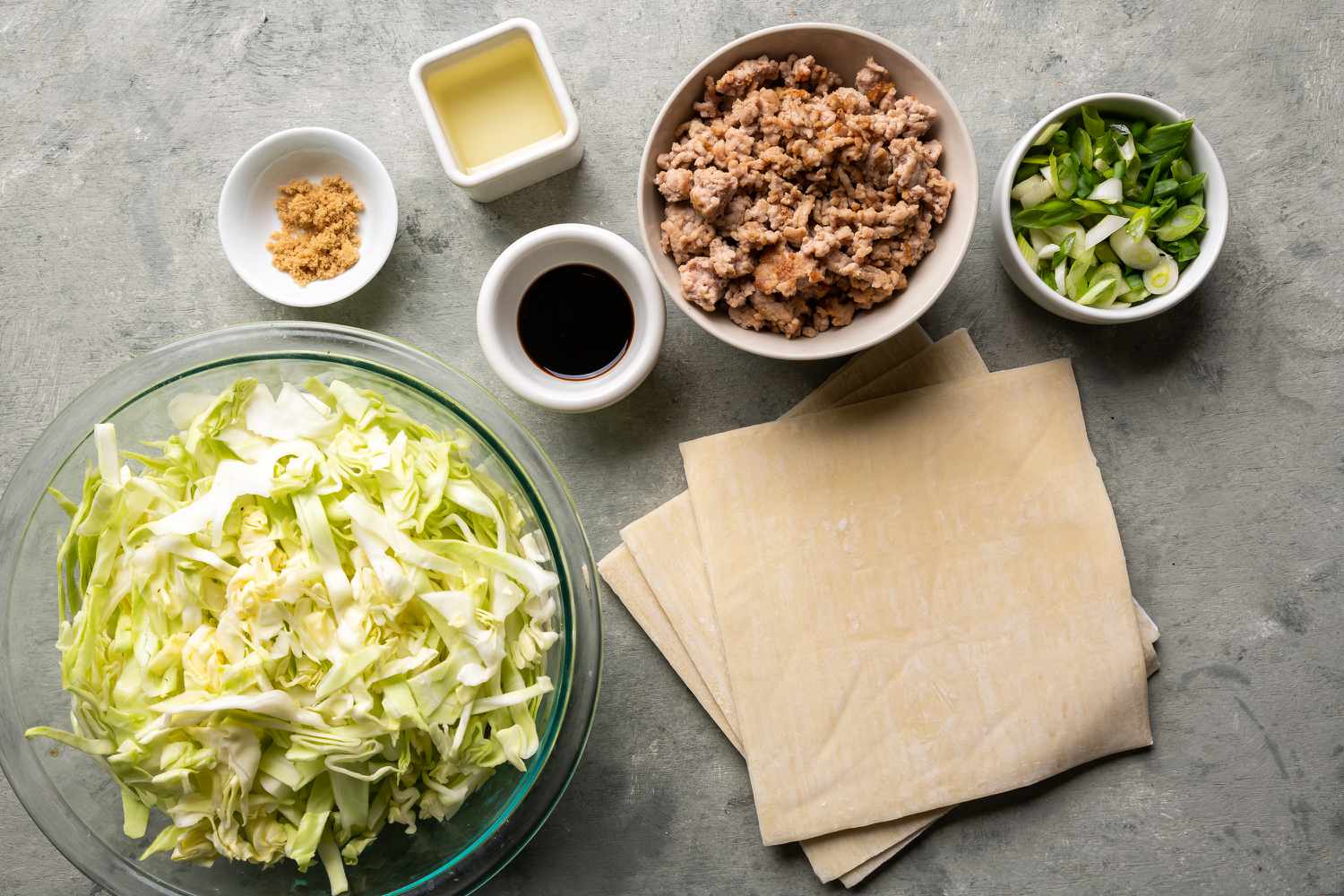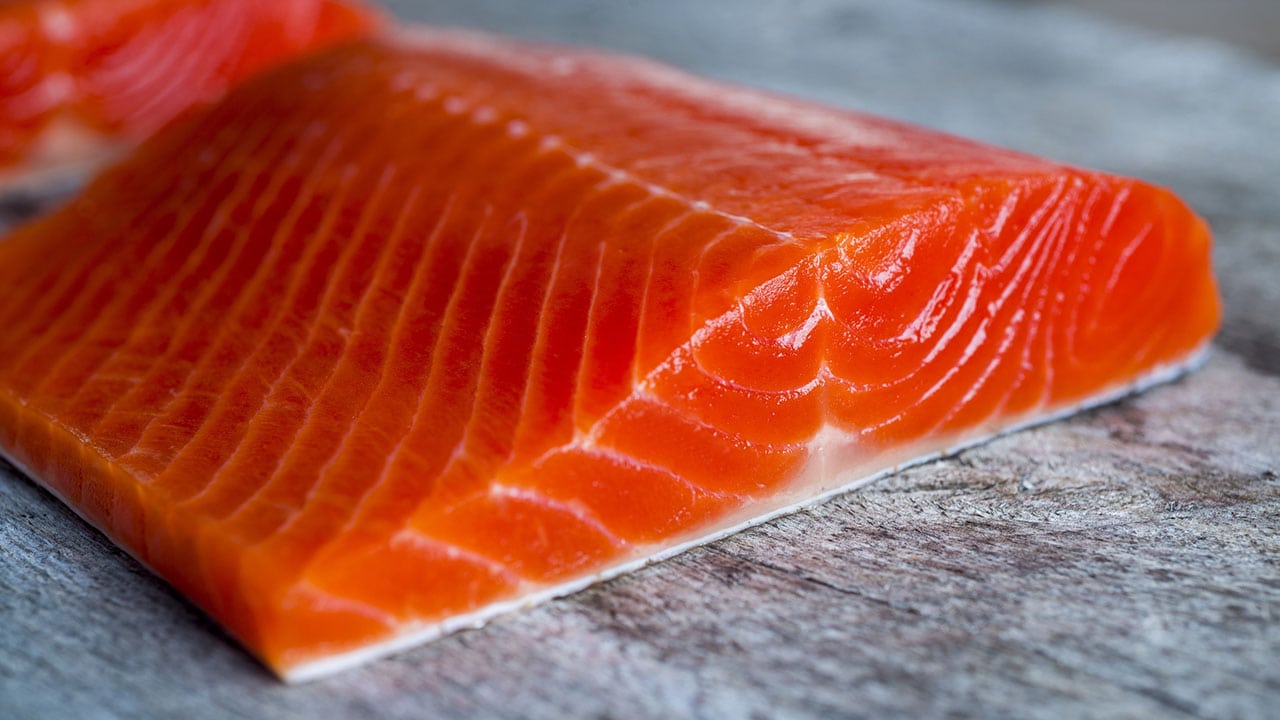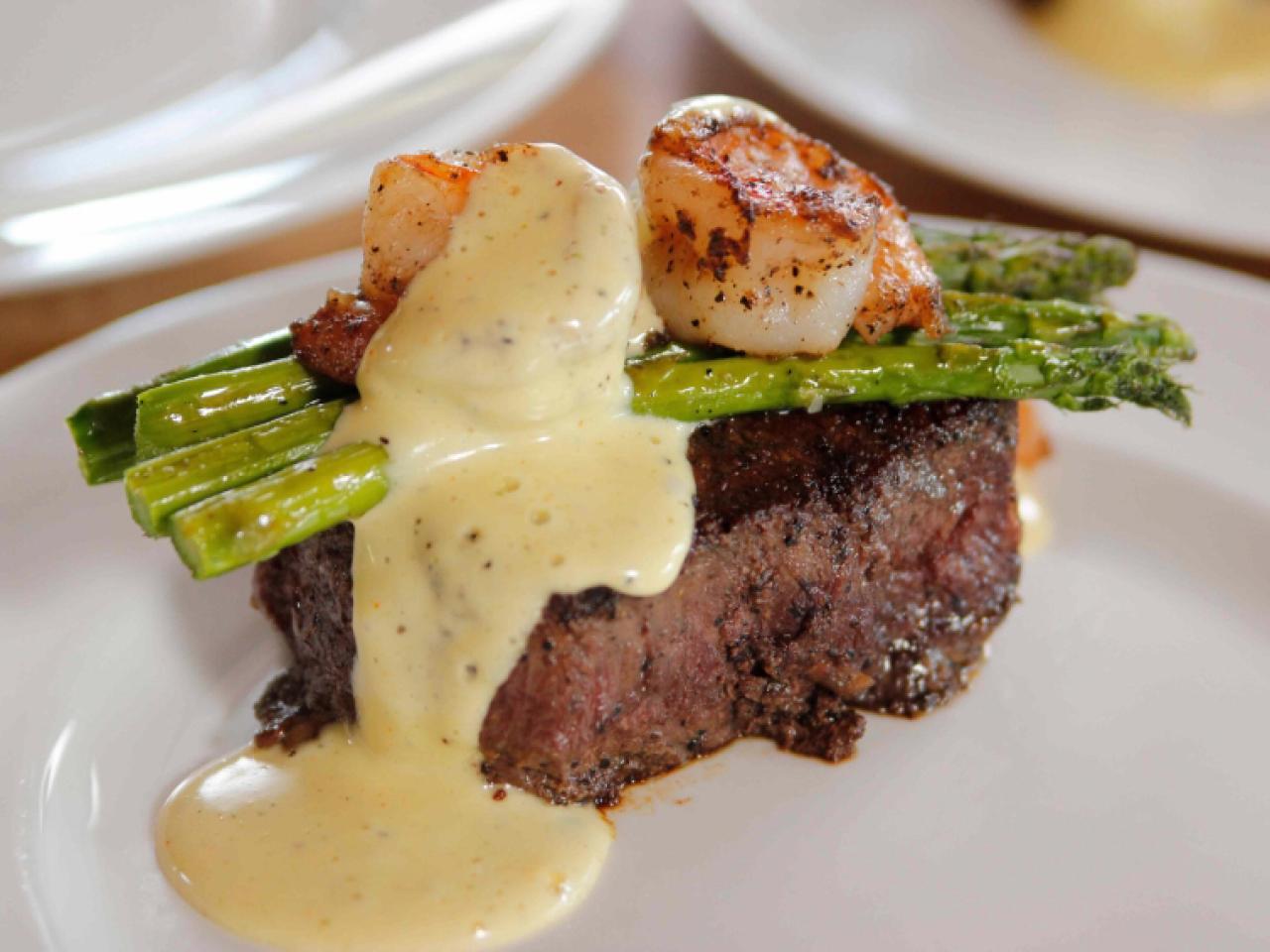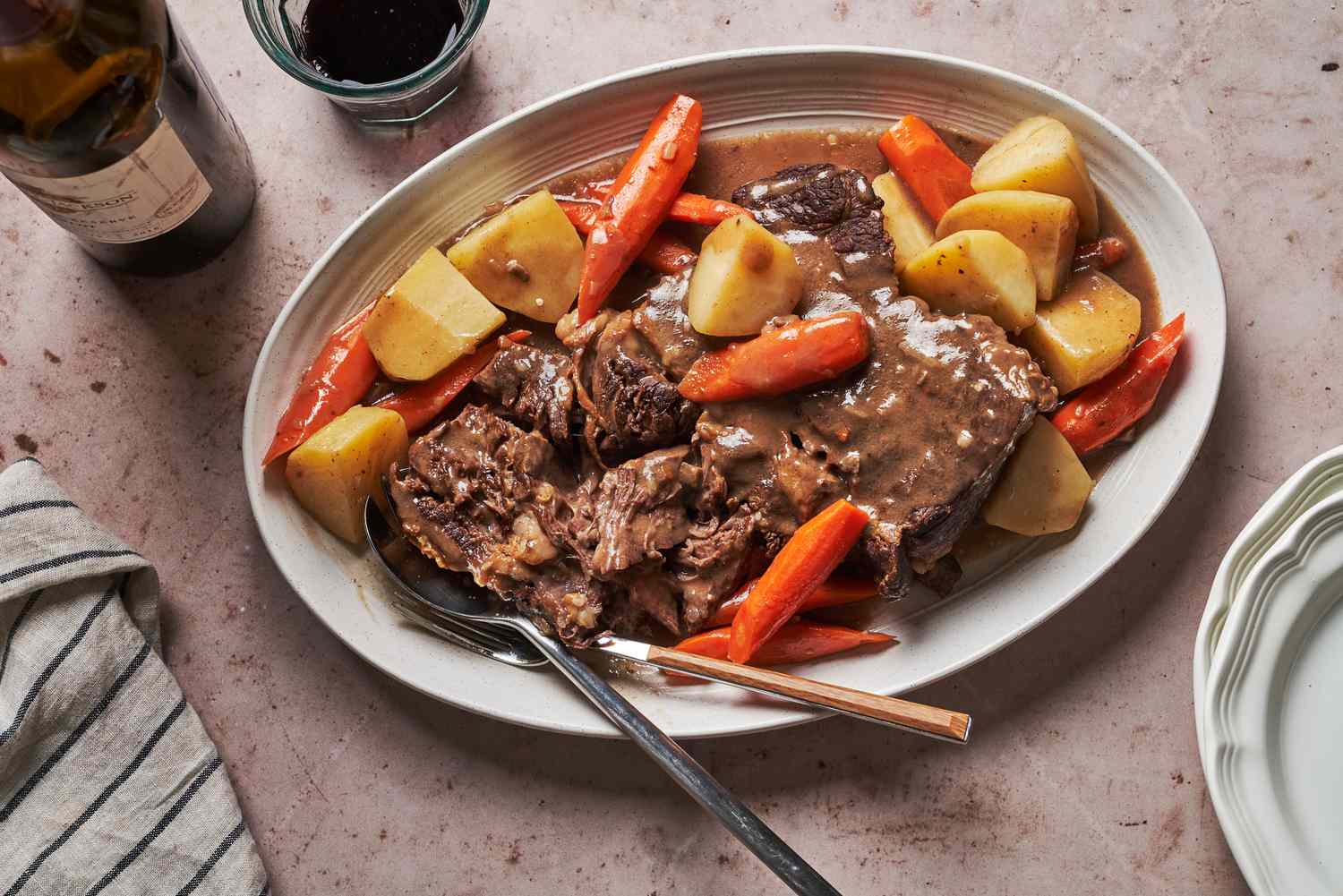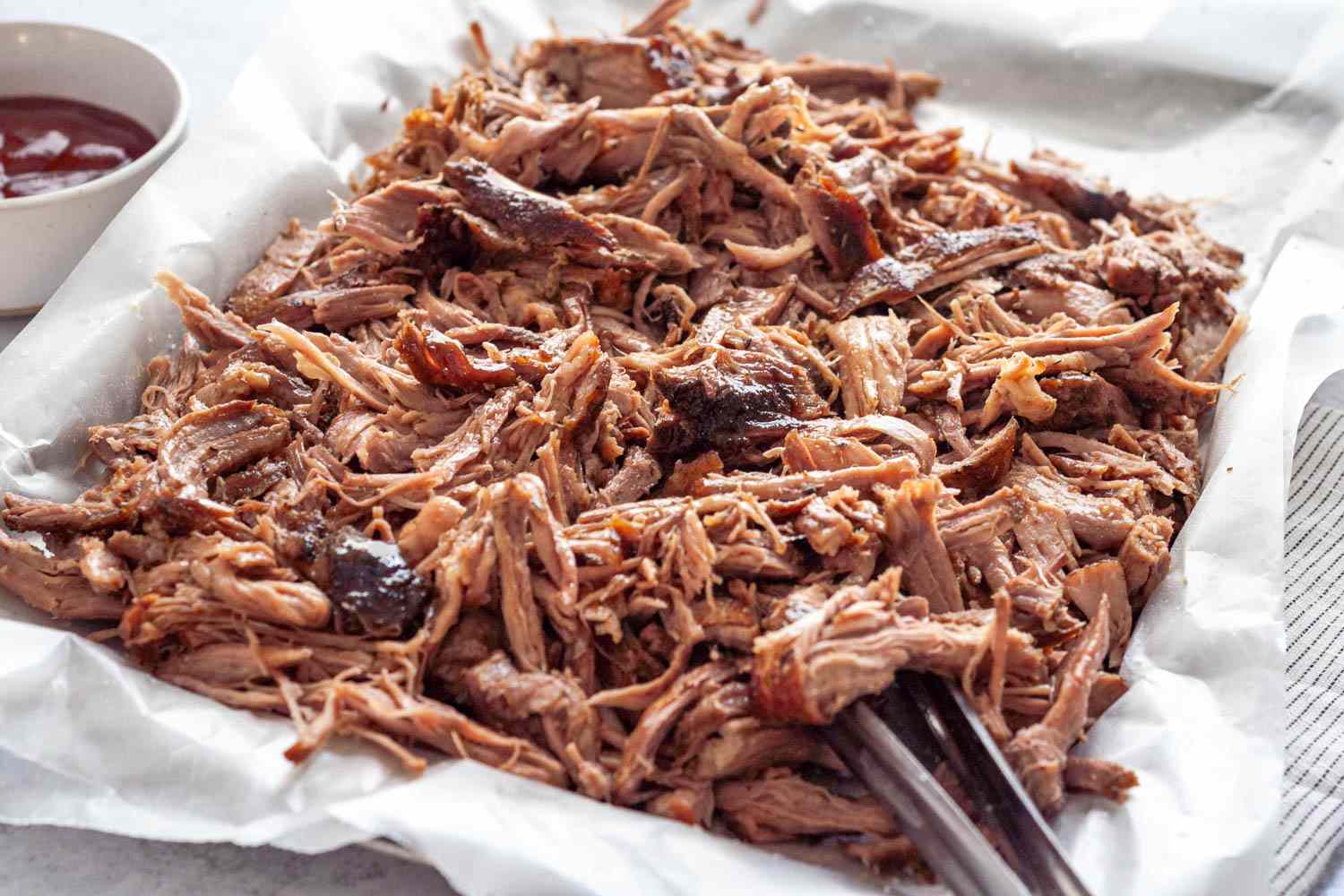Discover the Delightful Art of Cooking Korean Yams
Growing in popularity for their unique flavor and numerous health benefits, Korean yams have become a staple in many kitchens around the world. These delicious tubers can be enjoyed in a variety of ways, and in this article, we’ll explore some simple and mouthwatering recipes to bring out the best in Korean yams. Get ready to elevate your cooking skills and impress your taste buds!
1. Roasted Korean Yam Fries
Inspired by the crispy goodness of French fries, these roasted Korean yam fries offer a healthier alternative without compromising on taste. Here’s how to make them:
- Preheat your oven to 425°F (220°C).
- Peel the Korean yams and cut them into evenly sized fries.
- In a bowl, toss the yam fries with olive oil, salt, pepper, and your favorite spices.
- Spread the fries in a single layer on a baking sheet lined with parchment paper.
- Bake for 25-30 minutes or until the fries are golden brown and crispy.
- Serve hot and enjoy with your favorite dipping sauce.
2. Korean Yam Noodle Stir-Fry
For a quick and satisfying meal, try this delicious Korean yam noodle stir-fry. Loaded with colorful veggies and a harmonious blend of flavors, it’s a dish that will leave you craving for more. Here’s how to prepare it:
- Soak Korean yam noodles (dangmyeon) in warm water for about 10 minutes until soft and pliable. Drain and set aside.
- In a hot wok or skillet, heat some sesame oil and add minced garlic and sliced onions.
- Add your choice of vegetables such as bell peppers, carrots, and mushrooms. Stir-fry until tender.
- Add the soaked yam noodles to the pan and mix well.
- In a separate bowl, prepare a sauce using soy sauce, honey, and a splash of rice vinegar. Pour it over the noodles and vegetables.
- Toss everything together until well-coated and heated through.
- Garnish with sesame seeds and chopped green onions before serving.
3. Korean Yam Porridge (Jook)
A comforting and nourishing dish, Korean yam porridge, or jook, is perfect for chilly days or when you need a little extra TLC. Here’s a simple recipe to warm your soul:
- Rinse the Korean yam rice. In a pot, combine the rice and water, and let it soak for 30 minutes.
- After soaking, bring the mixture to a boil over high heat. Once boiling, reduce the heat to low and let it simmer for about 30-40 minutes until the rice is soft and creamy.
- In a separate pan, sauté minced garlic and diced onions with a drizzle of sesame oil until fragrant and golden.
- Add the sautéed garlic and onions to the pot of cooked rice. Stir in some soy sauce and salt to taste.
- Simmer for an additional 5-10 minutes to allow the flavors to meld together.
- Serve hot and garnish with chopped green onions or a drizzle of sesame oil.
Whether you’re a seasoned cook or just starting out, these recipes will introduce you to the wonderful world of Korean yam cooking. From the irresistible crunch of roasted yam fries to the comforting warmth of yam porridge, these dishes will undoubtedly bring a taste of Korea to your table. So go ahead, grab some Korean yams, and get ready to embark on a culinary adventure!
Was this page helpful?
Read Next: How To Cook Biscuits Over A Campfire
Luigi
Luigi is a content writer, workout enthusiast, cosplayer, and avid fan of rock and metal music. He has a background in news writing, feature writing, and data research. Outside work, he enjoys playing guitar and computer games, learning different languages, and occasionally making memes. He enjoys learning new things about food and anything related with health or diet and sharing this acquired knowledge to others.
